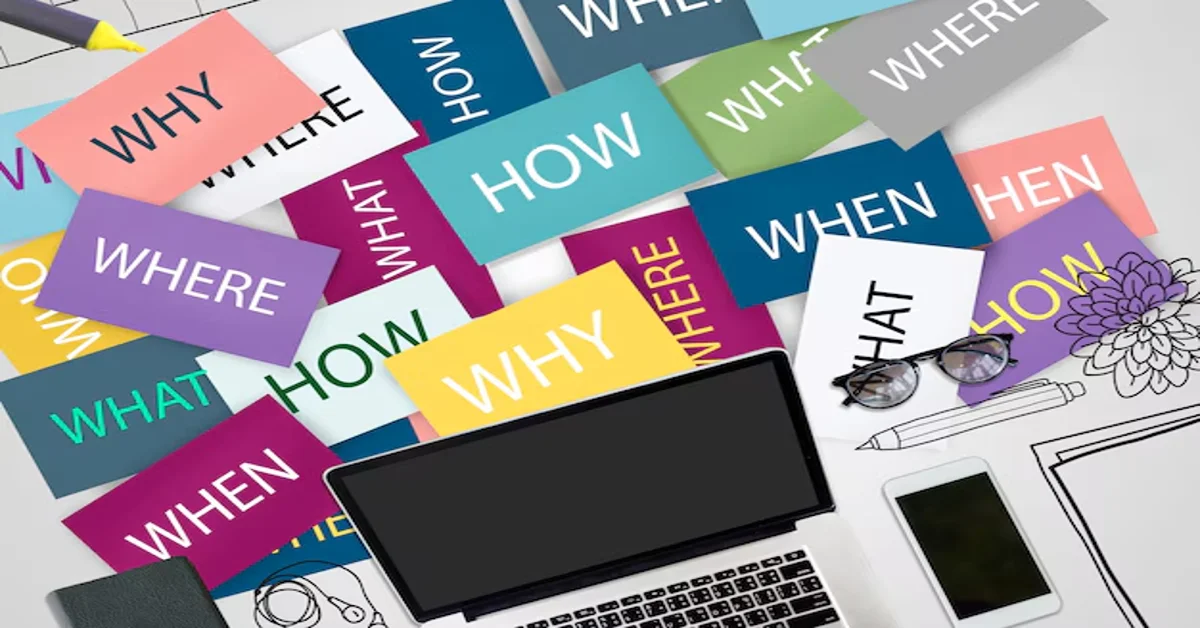Gestalt Language Processing (GLP) is a method of language acquisition where individuals learn language in chunks rather than single words. This approach contrasts with analytic language processing, where words are learned individually and then combined into sentences. GLP is often observed in neurodivergent individuals, particularly those with autism, but it can also be a natural variation in language development.
How Does Gestalt Language Processing Work?
1. Learning in Chunks
Gestalt language processors acquire entire phrases or scripts without breaking them into smaller components. For example, a child might say, “Let’s go outside!” every time they want to play, rather than understanding each word separately.
2. Gradual Breakdown of Language
Over time, gestalt learners begin to extract individual words from these chunks and use them more flexibly.
3. Developing Spontaneous Speech
As language processing progresses, gestalt learners create unique sentences, shifting from scripted phrases to independent language use.
Stages of Gestalt Language Processing
Stage 1: Echolalia (Whole Phrases)
- Learners repeat memorized phrases without modification.
- Example: Repeating “Do you want a snack?” when hungry.
Stage 2: Mitigated Gestalts (Modified Scripts)
- Learners begin altering stored phrases.
- Example: Changing “Do you want a snack?” to “I want a snack.”
Stage 3: Single Word Extraction
- Breaking phrases into individual words.
- Example: Using “snack” instead of the full phrase.
Stage 4: Original Language Creation
- Learners form their own spontaneous sentences.
- Example: “I want to eat an apple.”
Gestalt Language Processing vs. Analytic Language Processing
| Feature | Gestalt Language Processing | Analytic Language Processing |
|---|---|---|
| Language Acquisition | Learns in whole phrases | Learns single words first |
| Speech Development | Starts with echolalia | Builds from individual words |
| Flexibility | Gradually extracts words | Immediately flexible |
| Common in | Autism, neurodivergence | Neurotypical individuals |
How to Support Gestalt Language Processors
1. Encourage Communication Without Pressure
- Allow natural speech development instead of forcing individual words.
2. Model Flexible Language Use
- Speak in simple, clear sentences while using varied phrases.
3. Validate Echolalia as Meaningful
- Recognize echolalia as a form of communication rather than dismissing it.
4. Use Visual Supports
- Provide picture cards or written scripts to reinforce language learning.
Final Thoughts
Gestalt Language Processing is a unique and valid way of acquiring language. Understanding this method allows caregivers, educators, and speech therapists to provide better support. Recognizing echolalia as meaningful communication is the first step toward helping gestalt learners develop independent speech.
FAQs About Gestalt Language Processing
- Q1: Is gestalt language processing a speech disorder?
No, it is a natural way of learning language that differs from traditional analytic processing.
- Q2: Can gestalt language processors become fluent speakers?
Yes! With proper support, they develop flexible, spontaneous language over time.
- Q3: How do I know if someone is a gestalt language processor?
Common signs include frequent echolalia, reliance on scripts, and gradual modification of learned phrases.
- Q4: How can parents support gestalt language learners?
Model varied language, be patient, and use visual aids to facilitate understanding.









